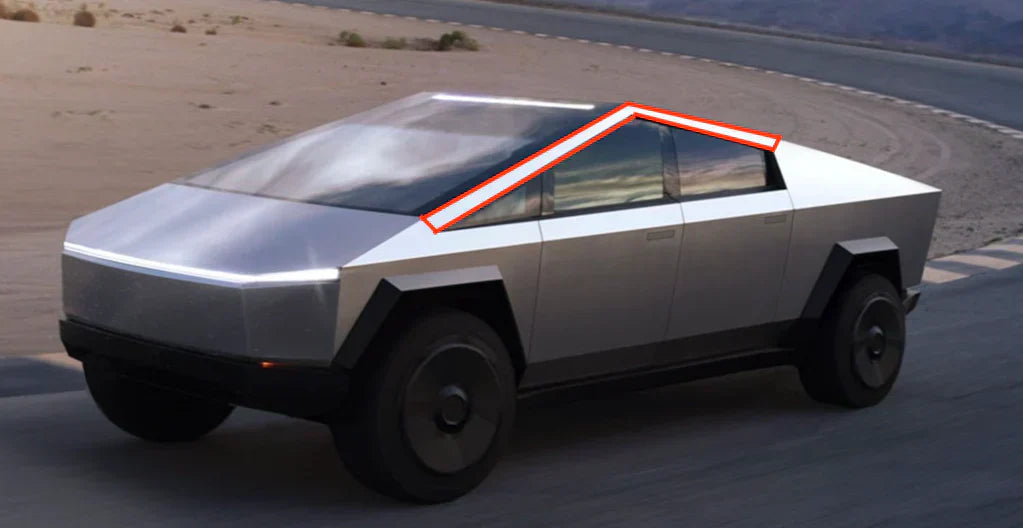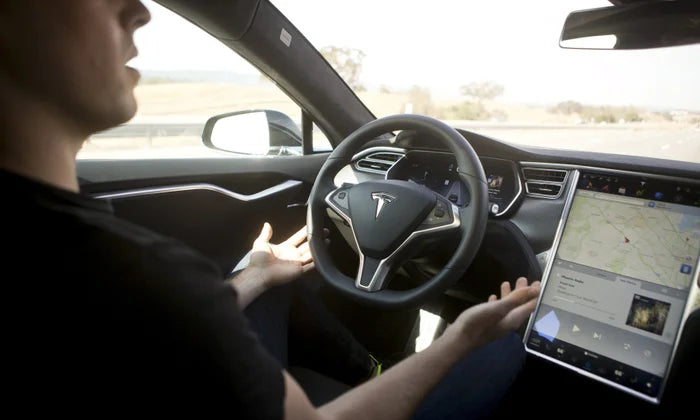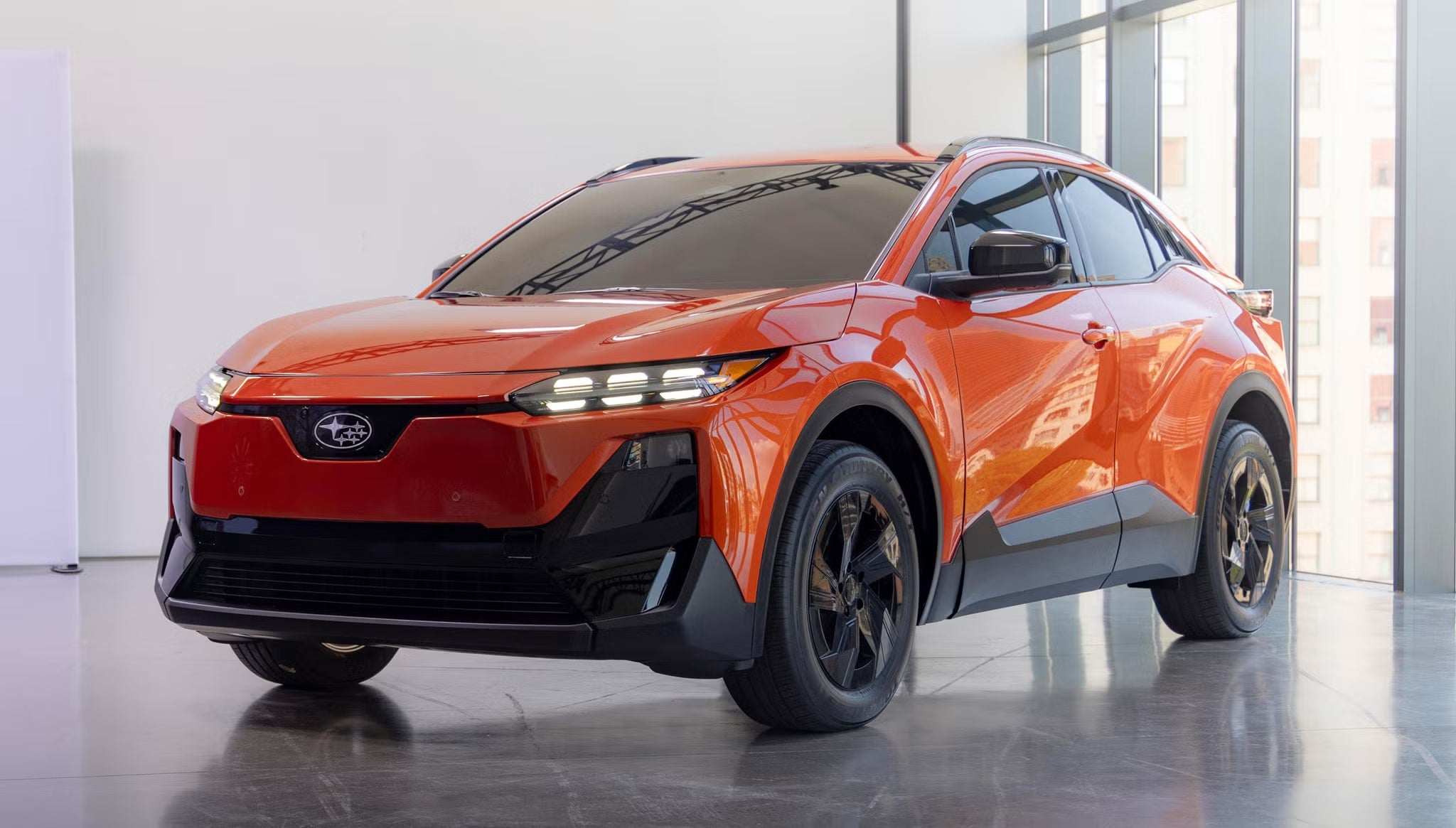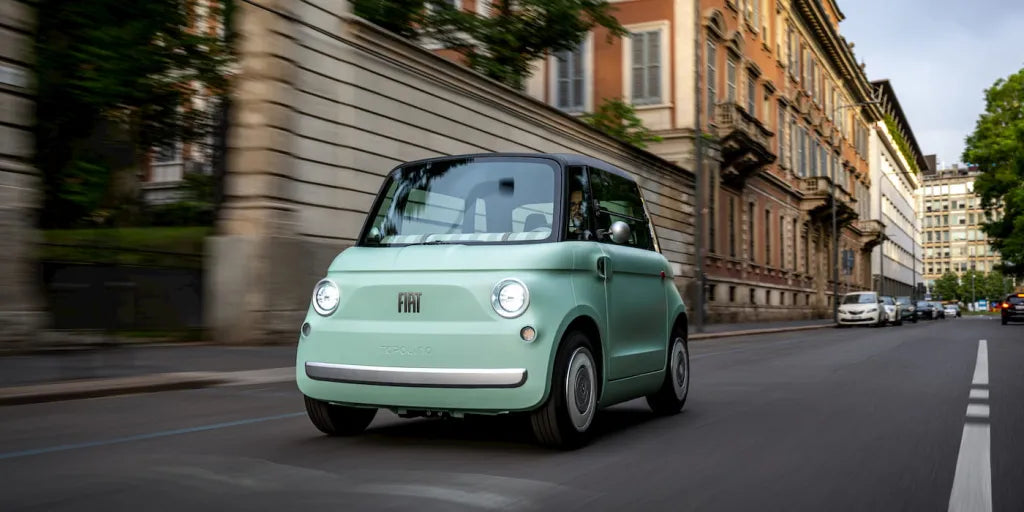Als Tesla im November 2019 den Cybertruck erstmals vorstellte, versprach er eine Revolution. Mit seiner kantigen Edelstahlkarosserie und dem Panzerglas (das während der Live-Demo berüchtigterweise zerbrach) sollte der Elektro-Pickup den Truck-Markt völlig neu definieren. Elon Musk erklärte, er werde den Ford F-150 in puncto Nutzwert und den Porsche 911 in puncto Geschwindigkeit übertreffen. Doch Mitte 2025 ist der Cybertruck – einst das Herzstück von Teslas Innovationsgeschichte – zu einem der größten Rückschläge des Unternehmens geworden.
Umsatzeinbruch im 2. Quartal 2025
Laut den neuesten Daten von Kelley Blue Book verkaufte Tesla im zweiten Quartal 2025 nur 4.306 Cybertrucks – ein Rückgang von 50,8 % gegenüber den 8.755 verkauften Einheiten im Vorjahresquartal. Dieser Rückgang ist auf eine Reihe verhaltener Kritiken, Lieferverzögerungen und wachsender Verbraucherbedenken zurückzuführen. Der Cybertruck ist damit Teslas leistungsschwächste Produktlinie.
Im Gegensatz dazu dominiert Teslas Model Y weiterhin die Verkaufscharts für Elektrofahrzeuge , und das Model 3 hat aufgrund von Preissenkungen und der Möglichkeit, Steuergutschriften zu erhalten, erneutes Interesse geweckt. Doch der Cybertruck, der die Zukunft der Elektro-Pickups einläuten sollte, entfernt sich schnell von dieser Vision.
Was ist schiefgelaufen?
1. Preisgestaltung und Positionierung
Ursprünglich wurde ein Einstiegspreis von rund 39.900 US-Dollar versprochen, das Basismodell startet nun bei 72.235 US-Dollar , wobei die High-End-Versionen über 100.000 US-Dollar kosten. Mit diesem Preis liegt der Cybertruck klar im Luxussegment und konkurriert nicht nur mit anderen Elektro-Trucks, sondern auch mit Hochleistungs-SUVs und sogar Sportwagen der Einstiegsklasse.
Eine solche Preisgestaltung vergraulte die Käufer von Lastwagen, die meisten von ihnen legen Wert auf Funktionalität und Erschwinglichkeit statt auf Neuheit.
2. Zu spät auf den Markt
Der offizielle Produktionsstart des Cybertrucks im November 2023 erfolgte mit fast vierjähriger Verspätung . In dieser Zeit gewannen Wettbewerber Marktanteile und das Vertrauen der Verbraucher. Ford brachte den F-150 Lightning auf den Markt und entwickelte ihn in mehreren Versionen weiter, GM bereitete den Silverado EV vor und Rivian verfeinerte seinen R1T – alle mit konventionellerem Design und praktischeren Funktionen.
Die Verzögerungen bei Tesla trübten die anfängliche Begeisterung und ermöglichten es der Konkurrenz, aufzuholen.
3. Schlechte Passform und Verarbeitung
In ersten Kundenrezensionen wurde die Verarbeitungsqualität des Cybertrucks kritisiert, unter anderem wurden ungleichmäßige Spaltmaße , unfertige Software und fehlerhafte Schnittstellen erwähnt. Diese Bedenken verstärkten die allgemeine Skepsis gegenüber Teslas Fähigkeit, in großem Maßstab gleichbleibende Qualität zu liefern – ein Problem, das bei mehreren Modellen weiterhin besteht.
4. Design über Funktion
Das futuristische Design des Trucks, einst sein meistdiskutiertes Merkmal, ist mittlerweile zum Nachteil geworden. Die scharfen Winkel und die sperrigen Abmessungen machen das Parken schwierig , das Manövrieren schwierig und er ist für Garagen mit Standardgröße ungeeignet . Obwohl das Design auf Fotos beeindruckend wirkt, schränkt es die praktische Anwendbarkeit für viele potenzielle Käufer ein.
Marktmüdigkeit bei Elektro-Lkw?
Tesla ist nicht der einzige Autohersteller, der die Auswirkungen spürt. Auch der Ford F-150 Lightning verzeichnete im zweiten Quartal 2025 einen Rückgang um 26,1 % von 7.902 auf 5.842 Einheiten. Dies deutet auf eine allgemein nachlassende Begeisterung der Verbraucher für hochpreisige Elektro-Pickups hin.
Allerdings sind nicht alle Elektro-Lkw vom Markt verschwunden. Chevrolets Silverado EV , ein Konkurrent mit konventionellerem Design und Preis, steigerte seine Verkäufe im Vergleich zum Vorjahr um 39,2 % und verkaufte im gleichen Quartal 3.056 Einheiten . Zwar liegt er bei den Gesamtzahlen immer noch hinter Tesla und Ford, doch sein Wachstum zeigt, dass die Nachfrage nach Elektro-Lkw weiterhin besteht – sofern das Produkt den Bedürfnissen der Verbraucher entspricht .
Teslas größere Probleme
Die schwache Performance des Cybertrucks fällt in ein insgesamt schwieriges Quartal für Tesla . Die US-Verkäufe von Elektrofahrzeugen gingen um 12,6 % zurück . Das Unternehmen sieht sich mit zahlreichen Herausforderungen konfrontiert, darunter:
-
Verstärkte Konkurrenz bei Elektrofahrzeugen durch etablierte Automobilhersteller und chinesische Marken
-
Sinkende Steuergutschriftberechtigung für einige Modelle
-
Elon Musks zunehmender Fokus auf nicht-automobile Unternehmungen , darunter xAI und SpaceX
-
Zunehmende Bedenken hinsichtlich zu hoher Versprechungen bei der Fähigkeit zum vollautonomen Fahren (FSD)
Tesla bleibt zwar ein Vorreiter bei Innovationen im Bereich Elektrofahrzeuge, seine Dominanz ist jedoch nicht mehr unangefochten.
Was kommt als Nächstes für den Cybertruck?
Trotz des Abschwungs hat Tesla keine Pläne angekündigt, den Cybertruck einzustellen oder drastisch zu überarbeiten. Analysten gehen jedoch davon aus, dass das Unternehmen möglicherweise Folgendes tun muss:
-
Senken Sie die Preise oder führen Sie ein abgespecktes Modell ein, um die Zugänglichkeit zu verbessern
-
Beheben Sie Probleme mit der Verarbeitungsqualität und der Software durch Aktualisierungen während des Zyklus.
-
Berücksichtigen Sie regionale Marktveränderungen, beispielsweise die Ausrichtung auf Flotten oder gewerbliche Nutzung statt auf einzelne Verbraucher.
Einige spekulieren auch, dass Tesla einen Cybertruck V2 in verkleinerter Größe, mit überarbeiteter Karosserie und zu Massenmarktpreisen testen könnte.
Ist der Traum vorbei?
Der Cybertruck war von Anfang an ein riskantes Experiment . Er wurde entwickelt, um zu revolutionieren, statt sich anzupassen, und erregte enorme Aufmerksamkeit – doch Aufmerksamkeit führt nicht immer zu Verkäufen. Der hohe Preis, die verzögerte Markteinführung und die umständliche Bedienbarkeit bergen die Gefahr, dass das Fahrzeug zu einem Nischenprodukt wird, das von Tesla-Anhängern geschätzt, vom breiten Markt jedoch abgelehnt wird.
In einer Zeit, in der Zweckmäßigkeit, Komfort und Erschwinglichkeit die Kaufentscheidungen der Verbraucher bestimmen, reicht die Mischung aus Bravour und Tapferkeit des Cybertrucks möglicherweise nicht mehr aus.








Aktie:
Tesla-Autopilot steht im bahnbrechenden Prozess wegen tödlichen Unfalls unter Beobachtung
Xiaomi YU7 Max bleibt im realen Autobahntest hinter den offiziellen Reichweitenangaben zurück